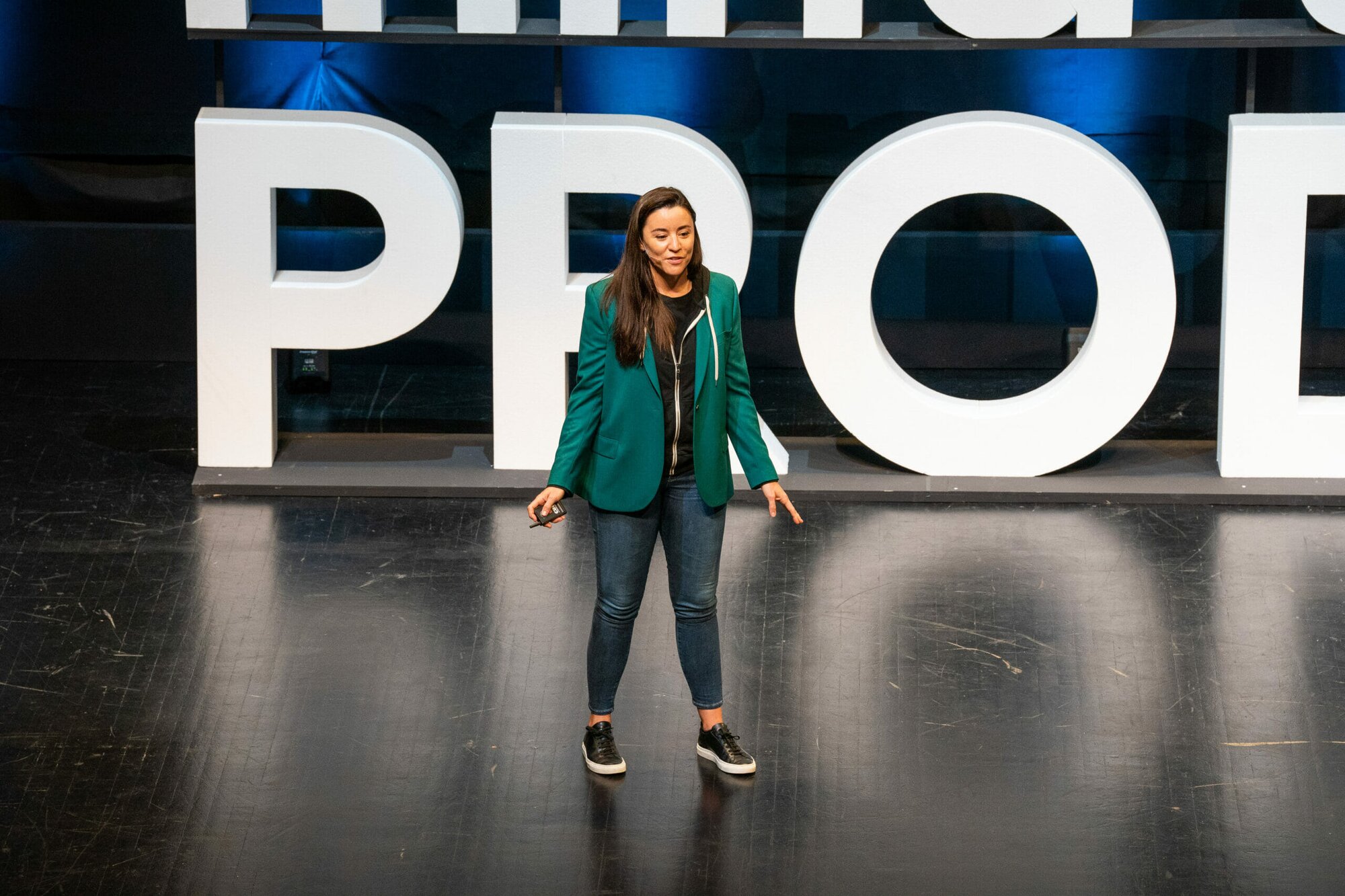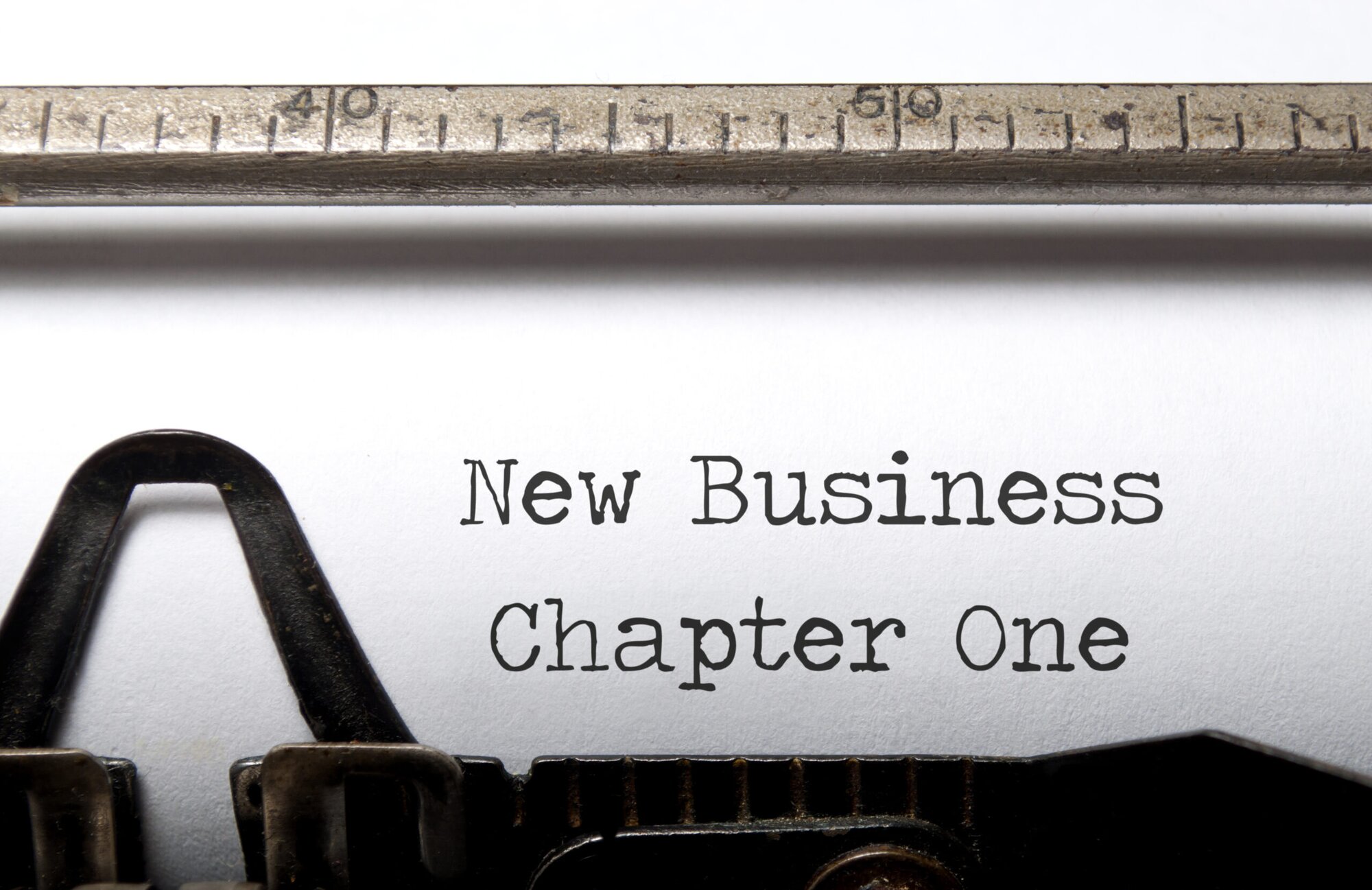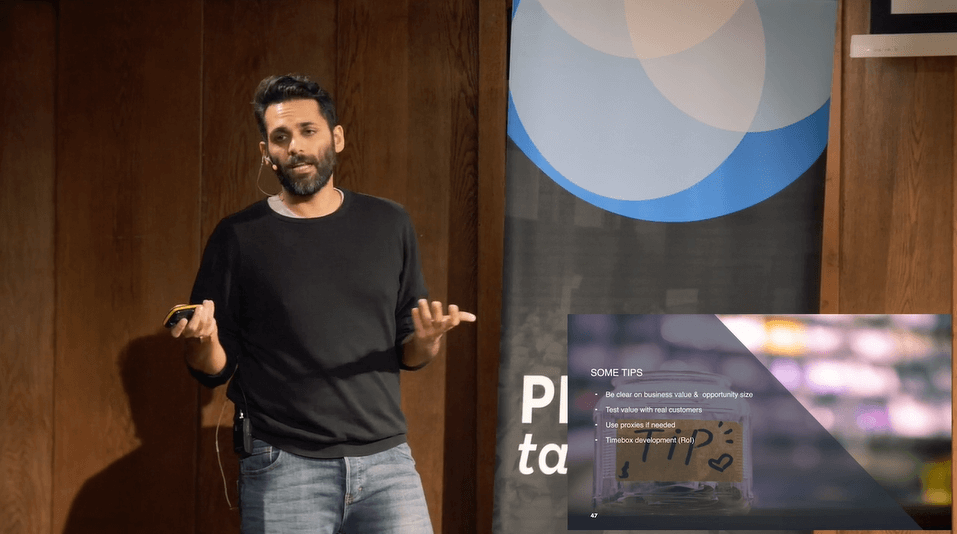In this exclusive Prioritised member session, our panellists, Cindy Alvarez, Michelle Lotia, Steve Portigal, and Saielle DaSilva discussed how important discovery and research is in product management while providing insights on how it can be used to influence key product decisions.
The panel, moderated by Saielle DaSilva, director of user experience at Cazoo welcomed:
- Cindy Alvarez, director of customer research at GitHub
- Michelle Lotia, head of user research at Trainline
- Steve Portigal, author and user research consultant
Watch the entire session in full or read on for a few of our panellists’ key points and tips:
Discovery and research go hand in hand
Asked about the difference between discovery and research, Michelle believes that research is only a key part of the conversation you need when evaluating product decisions. Discovery comes from the outcomes of that research — there are many discoveries you can encounter in your first research project.
Cindy explains the importance of research in a product. “It changes someone’s opinion on prioritisation[…], ” she says, “our job is about making people’s lives better through a product or a solution. If we haven’t convinced people around us to reconsider their world through a new lens, then it doesn’t matter what we’ve done. This is why user research is imperative.” It’s all about the outcome, Michelle adds. Research and discovery are about having answers to questions to improve or create a product.
Using research to influence decisions
Aligning and collaborating with people on product outcomes can be important in research, Steve explains. He says. “Understand what projects your colleagues are dealing with. Drive their outcomes with research with collaboration and discovery. Finally, drive the right questions forward to help them reach their end solution.”
Every key decision-maker is different, Cindy says. Have a conversation with every new stakeholder to find their angle and how they work.
With big research projects, you need to have regular check-ins with all of those involved, Michelle explains. This avoids the risk of research being seen as an unimportant task. Social messaging tools like Slack can be helpful to quickly inform people of updates, and pull other colleagues in. Give headlines about what you’re learning, not just what you’re doing, she recommends.
Adjacent to Michelle’s point, Steve believes that there’s an importance on how to share your data. Utilise storytelling, he says. Doing so can humanise your data and reduces the fear of colleagues being distanced from the findings. The payoff of storytelling is effective to influence others and connect with the whole team.
He reiterates that sometimes key business decisions are out of our control as product managers. To have more of an influence, commence research to deliver findings, report, and sway minds to make things happen.
Creating a culture of continuous research
To build a culture of continuous research among product teams, regularly come up with questions. Steve says thinking of specific questions that feel exploratory gives you grounding and strategies to act on. Everyone has a part to play in research. If all teams are doing this even once a week, it increases the answers you have to these grounded questions. Michelle says that the trick is to understand how research works in your company, and how you can get the help that you need and access to the tools needed to do so.
Once you have teams that own research, you then have the platform and structure to discover and grow, Steve says. If people don’t have the skills to research, a company has to facilitate that to happen.
Access to customers outside of the market
Often product managers struggle to receive data outside of their network. To reach outside of your market and access information from customers — who you don’t normally interact with — Cindy says to rely on your personal network. Look at friends you’re not in very close contact with, who don’t work in tech, or aren’t engineers. You don’t need a huge number, but having a respectful conversation through email or on the phone with a small handful can go a long way.
Michelle recommends utilising market research agencies to access consumers who aren’t your customers yet. However, this becomes easier once you have the right tools and operation teams in particular.
In addition, have continuous conversations and regularly experiment. There are no best practices to access customers outside of your field, Steve believes. There are a plethora of constraints in doing so, but finding participants and discovering ways to connect with them is the best way forward.
Starting out in research
For teams just starting out with research, Michelle believes that everyone has some data to begin with. She recommends checking in to those data points. Find those questions that are constantly coming up in conversation. Then you’ll be able to identify issues from a research perspective and allow yourself to develop. “Start with what you have, your customer feedback, your people, and go from there,” she says.
Steve explains the importance of talking to people within the organisation about what they believe. You can start to see opinions about your product by doing so. As you start to interact with those people, you can figure out what they know, and what they want to know. “Constantly look to build questions about your product and company,” he explains. Take that question, Cindy explains, and ask what you’re trying to achieve. This is a good way to show the value of research. “When you dig in and ask why they want the research, you may realise that it’s not valuable,” she says.
The most important decision about starting out in research is being clear about who you’re going to talk to and why. Michelle says, “You may be asking the right questions but speaking to the wrong consumers,” The first question you’ll receive when presenting research is “who are these people that we’re speaking to?” Get that right and ensure that everyone is on board with that decision.
Build that ‘why’ habit, even if you’re just starting out — it’s one of the most powerful things researchers can do. Steve closes by saying “Collaborate and tell stories. You can do that right now. Go listen to a story from a consumer and tell somebody else about it.”
What to read next
For more insights on discovery, browse our library of content on Product Discovery and, for even more product management topics, use our Content A-Z.
Some of the content referenced above is exclusive to Mind the Product members. Not yet in the club? Learn about Prioritised and MTP Leader membership today.






